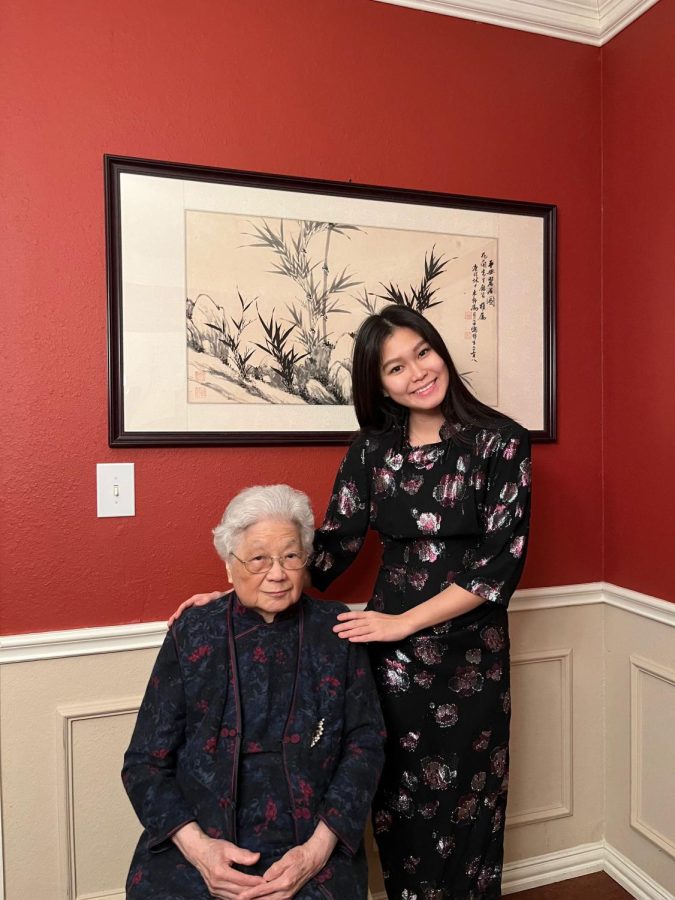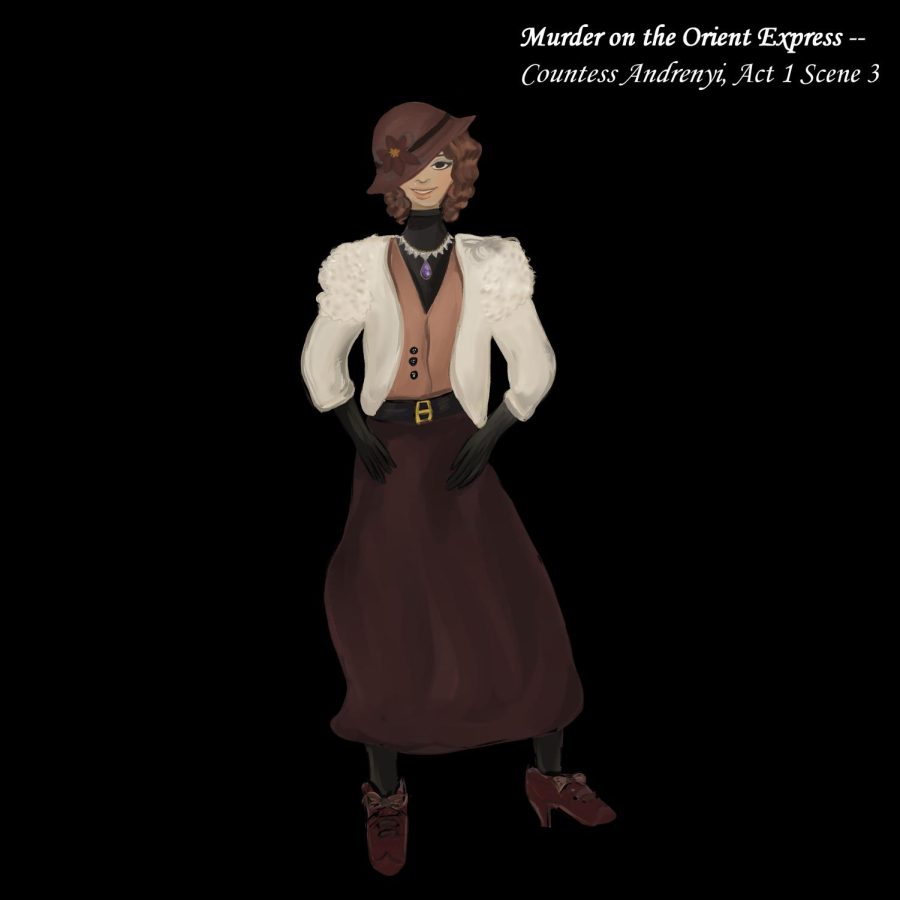Art appreciation should be a lesson on everyone’s agenda, especially the appreciation of contemporary art. It is just as important to understand contemporary art as it is to appreciate traditional art. Contemporary art is the art that defines the new generation. It is the visual representation of the ideas, values and controversies of the present.
Appreciation of contemporary art can often be difficult. To understand art, I think it is important to understand why the artist did what he did and what he wanted to say by doing it.
Like music, there are many genres in art, each with its own style and message. Not all people will like all styles of art, but that does not mean they cannot appreciate expression and meaning.
Modern and contemporary art are two different styles that are easily confused. Art from the 1880s to the 1970s is considered modern. Contemporary art is the current style and is always changing. Modern art began with the impressionists and developed into a style defined by taking risks and going outside the boundaries. Branching off these ideas, contemporary art has been more socially driven than any previous style. Common themes focus on gender, sexuality and global cultures.
Probably the most underestimated and misunderstood genre in art is abstract art. On surface level most people may see random nonsense. The beauty of abstract art is in its potential to take the viewer beyond surface level. Abstract art teaches a viewer how to appreciate what may not be obvious. It breaks the rules of realism and invites the viewer into a surreal world where nothing has to look like it should. It encourages imagination, interpretation and thought.
Non-objective art is often thought of alongside abstract art. The difference between the two lies in the subject matter. Abstract art has a subject that is not realistically represented. Non-objective art is art without the limit of a subject. I think of non-objective art as the raw, naked theory of art itself. Artists who make non-objective art are free to explore concepts and principles such as form, line, movement, texture, emphasis and contrast without being limited to the confines of a subject.
Many recent forms of art have caused huge controversies over the boundaries of an artist’s personal expression. The biggest adversaries of contemporary art are often the audience many of the artists target. If a viewer reacts with confusion, rage and offense then the artist has done his job of creating emotion and relaying a message. Why should art be all pretty faces and colorful landscapes?
Dadaism is an example of this. People argue that this style lacks artistic value because it lacks logic and reason. They fail to understand that intuition and irrationality is the whole point. It was an artistic movement based mostly in Europe in reaction to World War I. The artists used their frustration with world events to make art that is frustrating itself. They wanted the viewer to feel confusion and annoyance.
Contemporary art may not appeal to everyone, but everyone can relate to it because it is the art that represents the present. Contemporary art teaches our changing world to see art beyond traditional lines of aesthetics and meaning with an open mind.
“Art is made to disturb. Science reassures. There is only one valuable thing in art: the thing you cannot explain.” – Georges Braque









